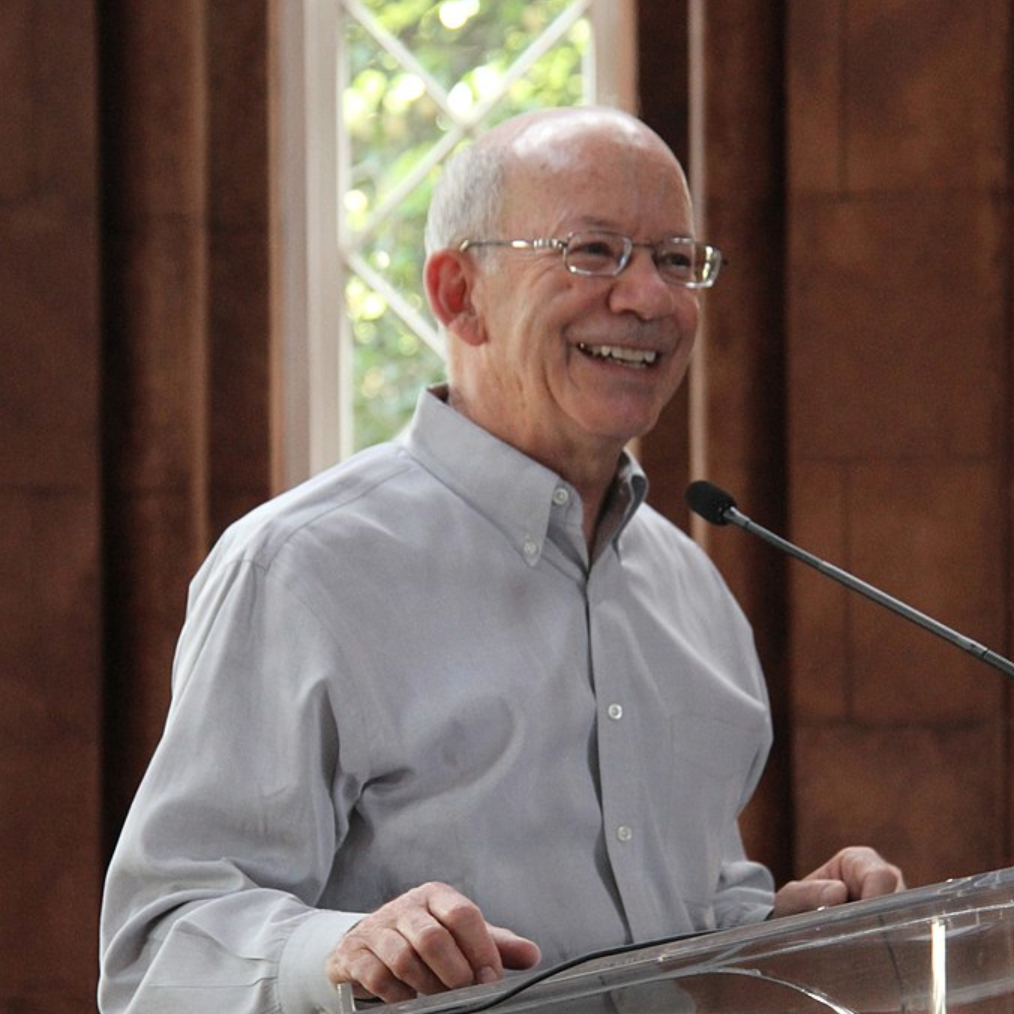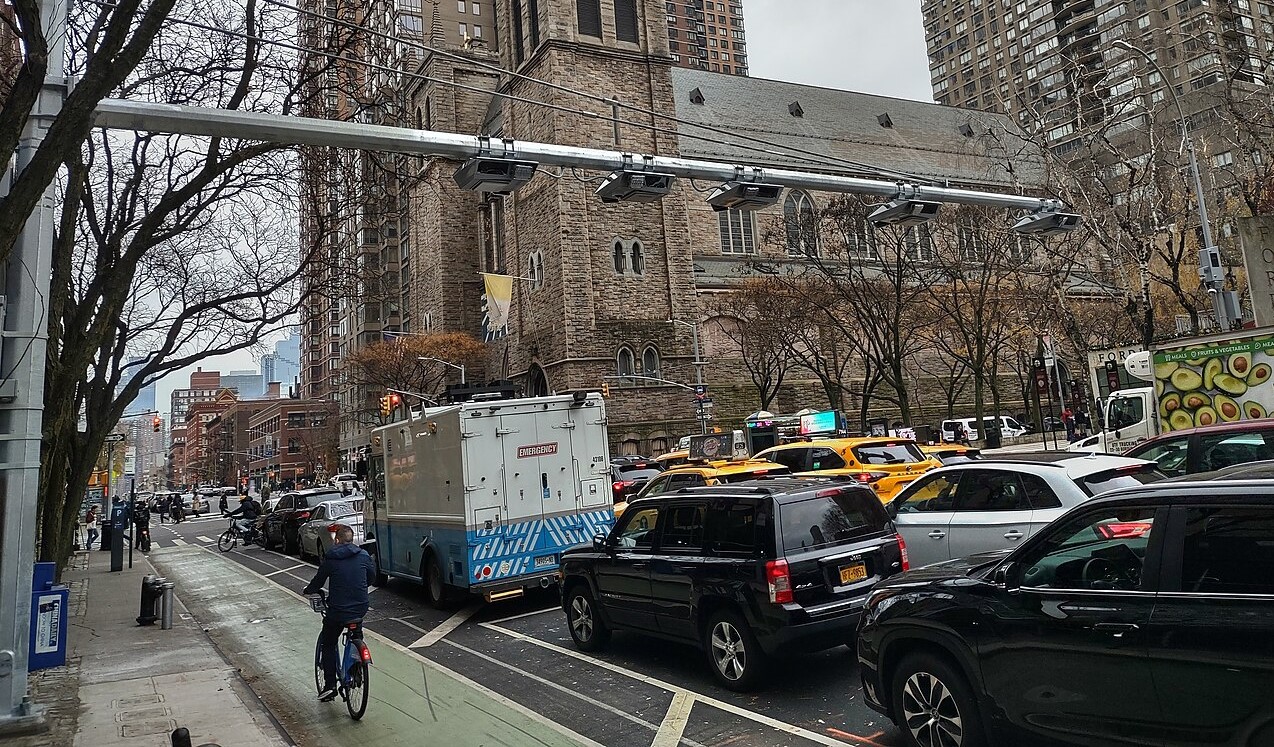Skillful new House legislation that will be folded into the Democrat's reconciliation package could help restore some of what sustainable transportation advocates lost during the negotiations over the Bipartisan Infrastructure Bill — without technically breaking President Biden's promises to the GOP that many thought would shut the door on further money for transit and equity.
Advocates are celebrating new legislation released by the House Transportation and Infrastructure Committee over the weekend that offers new details about how lawmakers would actually spend some of the transportation dollars included in the Democrats' $3.5-trillion budget measure — including billions aimed at expanding the mobility of low-income communities without access to cars.
That was a pleasant surprise to transit proponents, who were disappointed by Biden's promise to the GOP last month that no element of the budget measure, which is expected to pass without Republican support, would restore funding that was cut during Senate negotiations over the Bipartisan Infrastructure Bill — funds which included billions for transit, equity, and more.
And indeed, the T&I committee's bill technically honors that commitment — by establishing new, highly targeted programs for green mobility, rather than simply increasing allocations to the Federal Transit Administration and other agencies.
That clever workaround was praised by advocates who are eager to see the Democrats make progress on climate change policy before they potentially lose their three-house majority in the midterms.
"The Bipartisan Infrastructure Bill only took limited steps to decarbonize transport," said Ben Crowther, program manager for Congress for the New Urbanism. "This fills some of the most glaring holes in that bill, while also supporting our efforts to build back better for the environment and maintaining our commitment to equity in new ways."
DeFazio acknowledges that the new program in reconciliation draft linking transit to housing was created specifically to get around Biden's promise not to revisit line items from Senate's infrastructure bill https://t.co/qE9f6M92sB
— Sam Mintz (@samjmintz) September 14, 2021
The bill was undergoing a rigorous committee markup at the time of this writing, but is not expected to change substantially. Here are a few of the highlights from the first draft:
Almost $10 billion for low-income mobility — emphasis on transit
No sector lost more during the negotiations over the Bipartisan Infrastructure Bill than transit, which was slashed by $10 billion while leaving road spending intact. The T&I committee's chunk of the reconciliation package could restore almost all of it, but with a twist: all of the money would be specifically targeted towards improving the mobility of disadvantaged residents who rely on transit most.
The new, $9.9 billion "Affordable Housing Access program" would establish a new grant program aimed at increasing underserved communities' access to affordable residences, jobs, grocery, medical care, and more, while also making funds available for city agencies to increase their operations capacity, rather than simply building new things. The money could also be used to build sidewalks, electrify buses, and more.
"It’s taking that next step, from 'more transit is good,' to 'let's align our transportation and land use policies to really help people,'" said Crowther. "Basically, it's become something even more worthy of support."
Nearly $4B to heal communities destroyed by highways
Advocates slammed the Senate for allowing the popular Reconnecting Communities program to be slashed from $20 billion to Biden's original American Jobs Plan to just $1 billion in the final reauthorization bill, dashing the hopes of communities across America eager to remove or cap highways that were strategically routed straight into the heart of BIPOC communities.
The new bill would restore $3.95 billion to that effort, but it would do so in a novel way: by establishing a new program that expands the eligible uses of the fund to also include things like traffic noise mitigation, heat island effect mitigation, and pollution mitigation, even when it's not logistically possible to rip a freeway out wholesale.
And it would also set stronger guardrails to ensure these projects don't displace the very people they're supposed to protect — or, paradoxically, become yet another vessel for highway expansion.
"This bill has really strong provisions that make sure that communities seeking this funding have anti-displacement measures already in place before they apply, " said Crowther. "And it also excludes any project that would increase single occupancy vehicle capacity. We’ve already seen several DOTs saying, 'Hey, maybe if we expand our highway and build a cap at the same time, we can apply for this funding!' — which is a pretty blatant green-washing and equity-washing approach. We don't want to see that happen."
$4B to set states straight on curbing emissions
The House T&I committee didn't just plug the the holes the Senate gouged in its visionary reauthorization bill. It also added a handful of new programs, like the $4-billion "Community Climate Incentives" initiative, which would require states to set performance targets to reduce greenhouse gas emissions, provide incentives for meeting them, and impose penalties on those who fail to comply — three things it's hard to believe the U.S. doesn't already do.
Best of all, it would require $3 billion of that money to be made available as grants directly to "non-state entities" — subverting the highway-focused state departments of transportation that too often stymie progressive local climate efforts.
"This program goes towards several things that we’ve been encouraging the administration to pursue for a long time," said Benito Pérez, policy director for Transportation for America. "A lot of the worst climate impacts are felt locally, but state DOTs have these entrenched policies and politics — and often, a lot of bureaucracy — that can really dilute the ability of this funding to reach the communities that feel the worst impacts. This gets around that."
A bunch of new clearinghouses, earmarks, and more
Not everything in the House T&I bill garnered uniform praise from advocates, but that's mostly because the committee kept a few measures vague. Those mysteries include:
- A $100-million fund to establish a "national clearinghouse for fair and equitable traffic safety enforcement programs" — which could be a game-changer or a step back for the movement to de-emphasize "enforcement" from the five E's of Vision Zero, depending on your perspective.
- An $8-million fund to operate a "national highly automated vehicle and mobility innovation clearinghouse" — again, a controversial allocation, depending on how you feel about AVs.
- A whopping $6 billion for "local transportation priorities," which could mean literally anything (but probably refers to the earmarks that were axed from the House's original infrastructure bill, many of which were pretty good for active transportation)
- $10 billion for high speed rail — which sounds whopping, but may not be enough to build much more than California's long-sought bullet train (but many advocates say could help get the project across the finish line in time for the next reauthorization, when its success can help persuade future lawmakers to fund future projects.)
Of course, the biggest mystery of all may be whether centrist Senate Democrats wary of increasing the national debt will allow the massive reconciliation package to pass at all — and how the rest of the transportation dollars in the package will be spent, once the other Congressional committees with a hand in the process finish hammering out their own bills.
But advocates are hopeful that with enough advocate outcry, at least the House T&I bill could have a bright future.
"People should be prepared to fight for this bill, because it's really a great package of investments," said Crowther. "This is an opportunity we can't afford to pass up. Maybe it goes without saying, but contacting your reps right now will go a long way.






